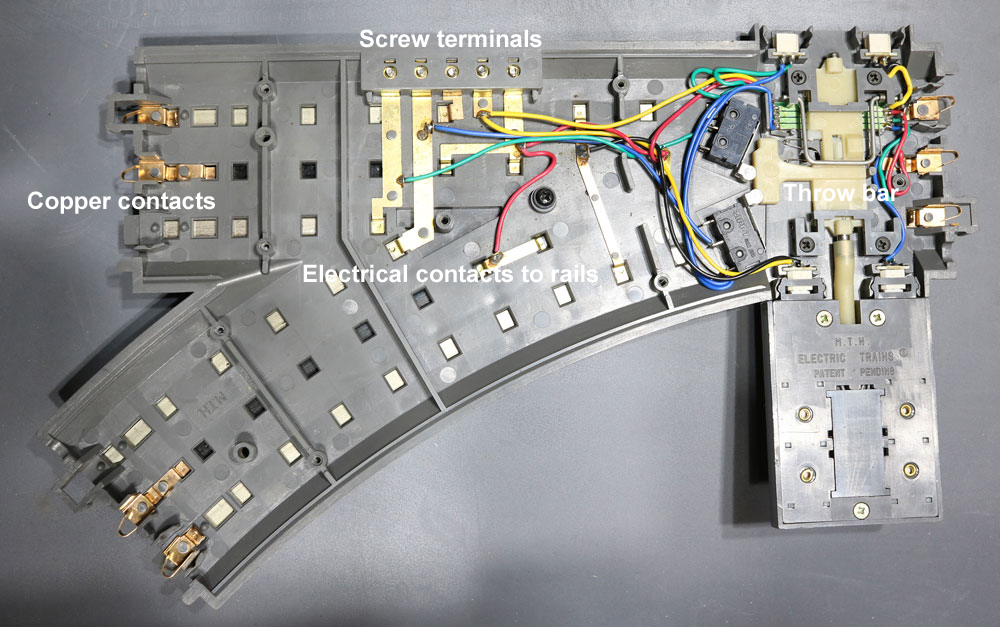
Here are a few tips and tricks when working with MTH RealTrax: The two ground rails are not tied together. This is true for other track systems using non-metallic ties, including those from Atlas O and GarGraves. If you add a switch, you need to add a lockon and make sure it’s on the […]
Read More…

I enjoy scratchbuilding structures from styrene because it’s easy to cut, it takes glue well, and it’s readily available, 1. Though cutting wall sections is easy, making door and window openings can be tedious. However, with the Nibbler cutting tool, you can cut openings quickly and accurately. The Nibbler is a hand-operated punch-and-die tool that […]
Read More…
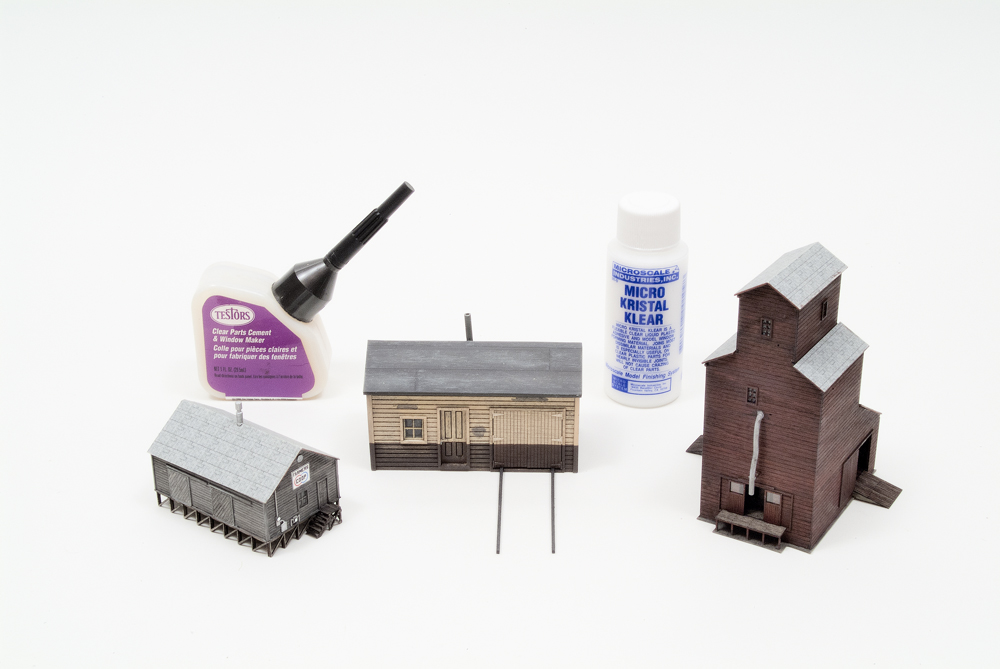
Microscale Kristal Klear is a versatile adhesive. One of its uses is to secure clear parts to models. But in a few simple steps, the adhesive can also be used for window glazing, 1. Kristal Klear works best on smaller window panes. Start by dipping a Microbrush into the Kristal Klear. Then, working from the […]
Read More…
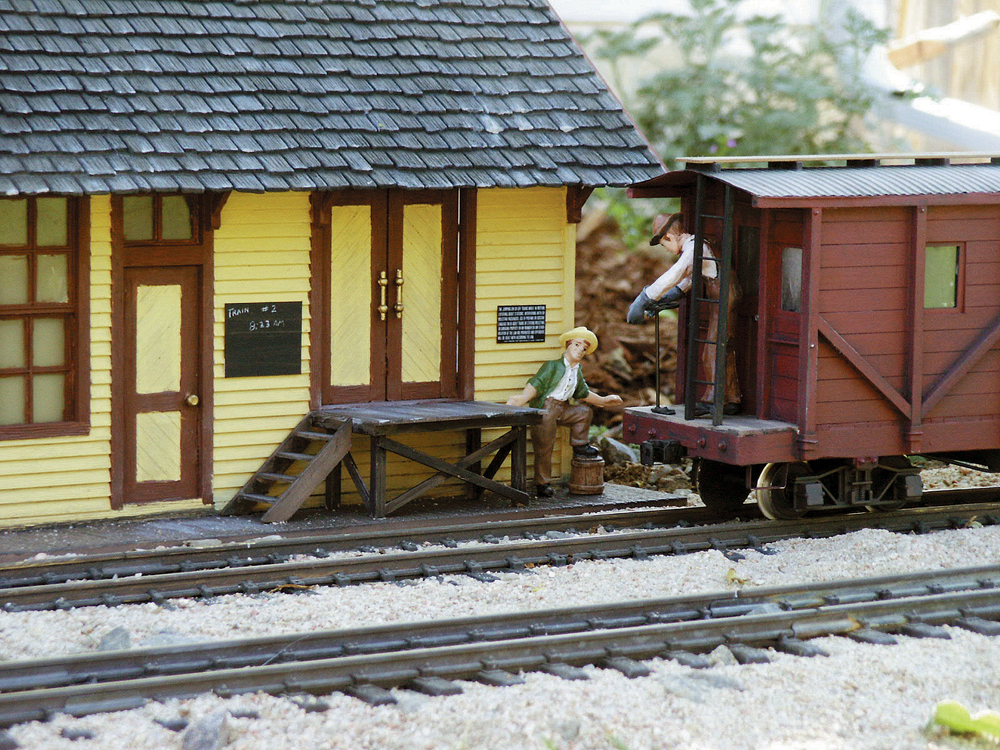
Structures are the easiest way to bring a scene to life. As with anything on the railroad, scale is the primary concern. You’ll want to find structures that match the scale of your trains. That’s not always as easy as just looking on the box. Even in commercial kits where a scale is designated, architectural […]
Read More…
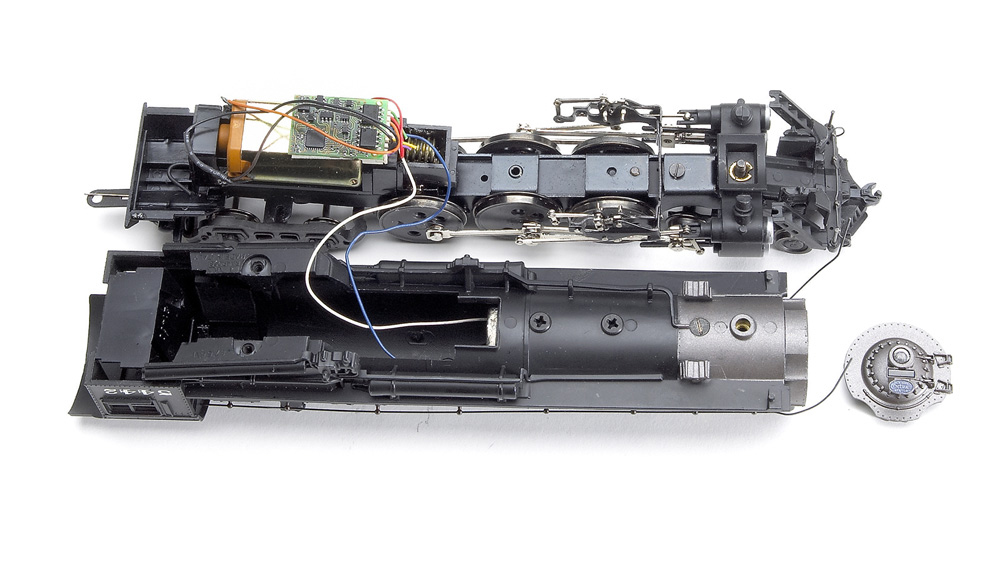
Q: I have an old Rivarossi locomotive from a Northern Pacific passenger set. Have you ever run an article on adding a DCC decoder to one of these? – Chuck Kvasnicka, Chicago, Ill. A: Former DCC Corner columnist Mike Polsgrove ran a column titled “Installing a decoder in a Rivarossi locomotive” in our April 2006 […]
Read More…
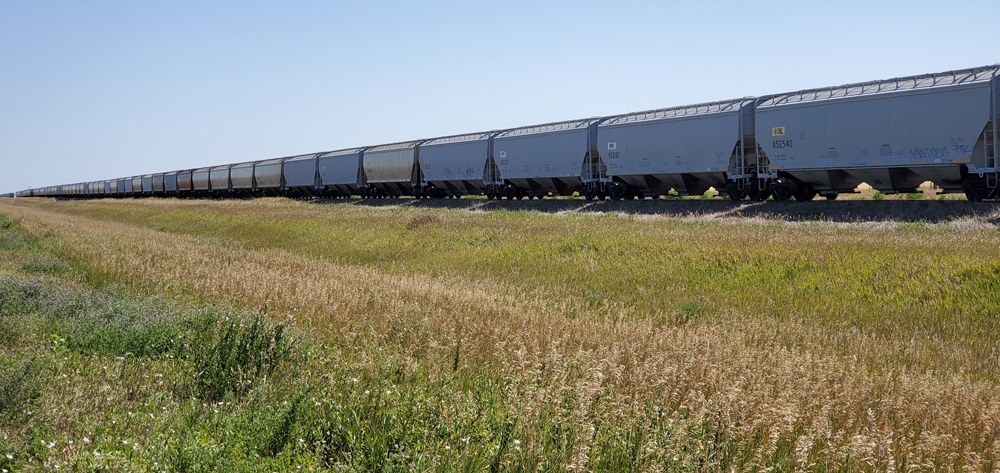
Q: Recently, while driving along a highway in the vicinity of Lindsay, Mont., I came across a long, continuous line of covered hoppers. The photograph I took hardly does it justice. These cars stretched on for the better part of eight miles across the Montana prairie. I’d never seen such a thing before. From what […]
Read More…
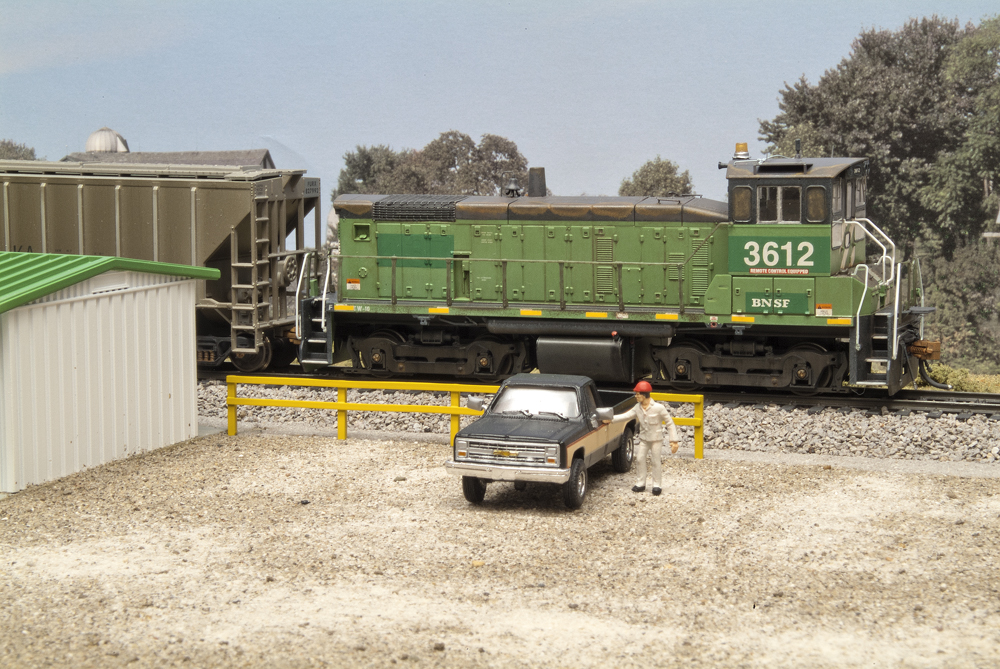
Central Valley’s HO scale injection-molded plastic fence is a close match for the fence used by the Burlington Northern near buildings in the area of Minnesota that I model, 1. Though the fence looks good, it’s difficult to attach as-is to an extruded-foam insulation scenery base. However, with brass mounting pins, the fence can easily […]
Read More…
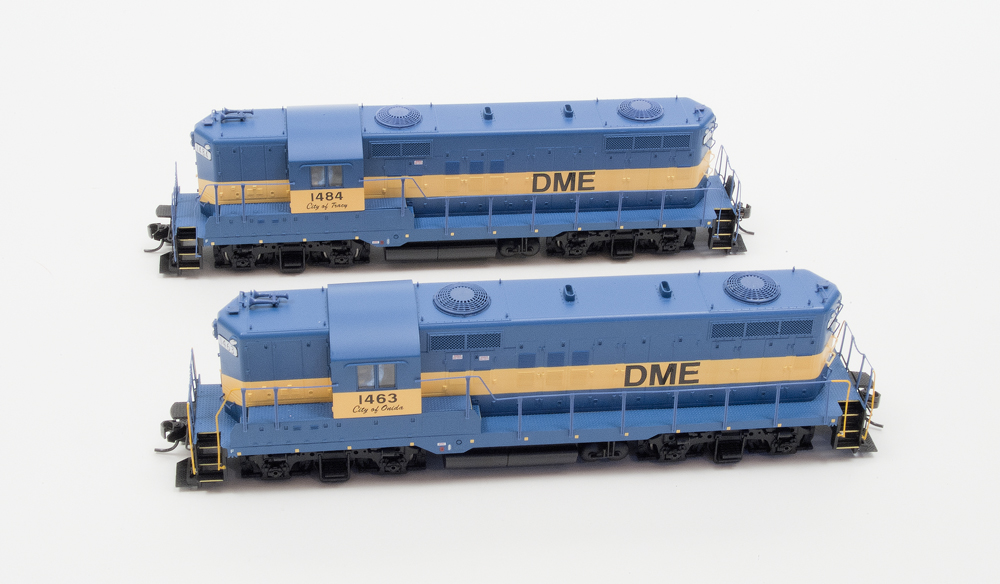
Slippery engineering plastic requires specially formulated paint that’s flexible and won’t flake off. Fortunately, the paint is most likely available at the same hobby shop where you purchase your trains. Flexible paint designed for remote-control (RC) car bodies is the perfect solution for locomotive handrails. RC paint is offered in a limited number of colors […]
Read More…

Chesapeake & Ohio no. 705, a Baldwin 2-8-0 Consolidation, pulls a log train over the bay inlet while workers perform some maintenance on the steel truss bridge. John Collins of Hartland, Wis., photographed the scene on his N scale layout. The locomotive is a DCC-equipped Bachmann Spectrum model; the fishing clipper is a Model […]
Read More…
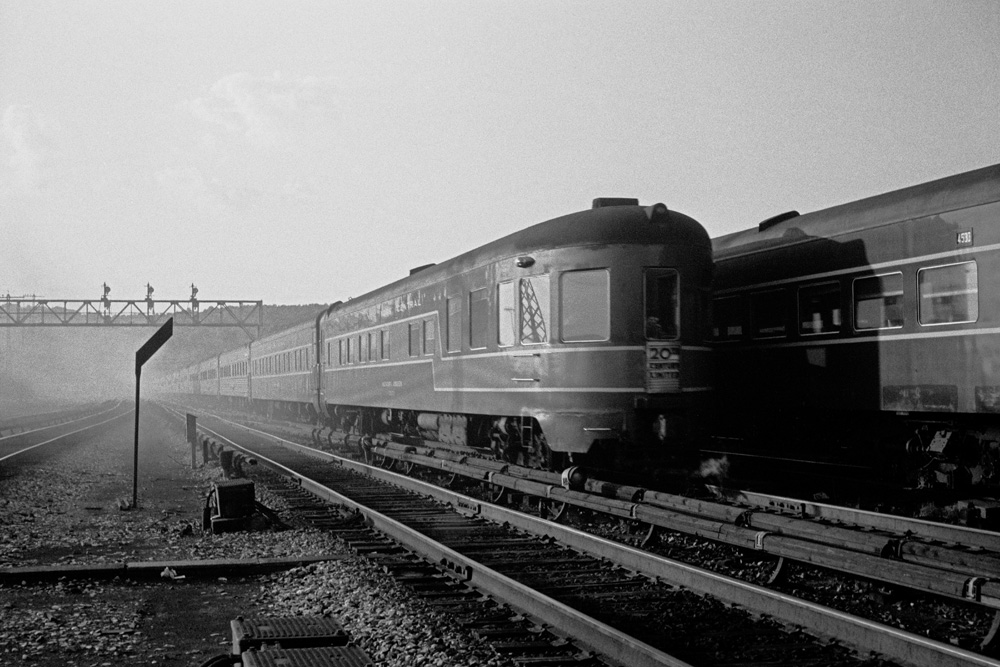
Q: I recently purchased the Kato 20th Century Limited in N scale. The documentation with the set says that run-through service was provided with the Atchison, Topeka & Santa Fe. Where can I find information on which ATSF cars were used for this service and where would they be cut into the NYC consist? – […]
Read More…

Have you ever been curious as to just how fast your locomotives can travel and what will happen if a speeding train encounters a sharp curve? With a stretch of straight track to accelerate on, and an O-27 curve at the end, you can usually find out. But the question remains: Just how fast can […]
Read More…

Garden railroad workshops come in all shapes and sizes. What is important about the workshop is that the work surface be large enough to accommodate whatever it is you want to work on without knocking into your stash of tools, paint and glue bottles, or anything else. Make sure your workbench is sturdy. The height […]
Read More…












